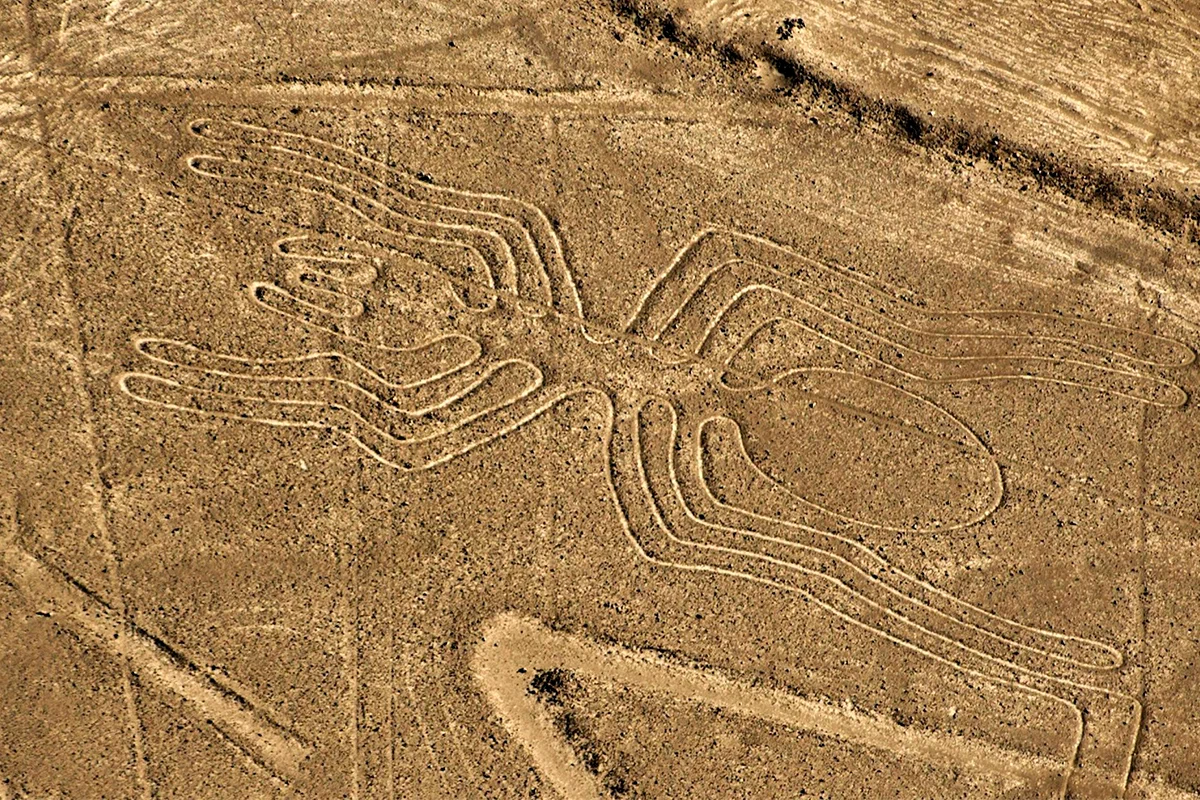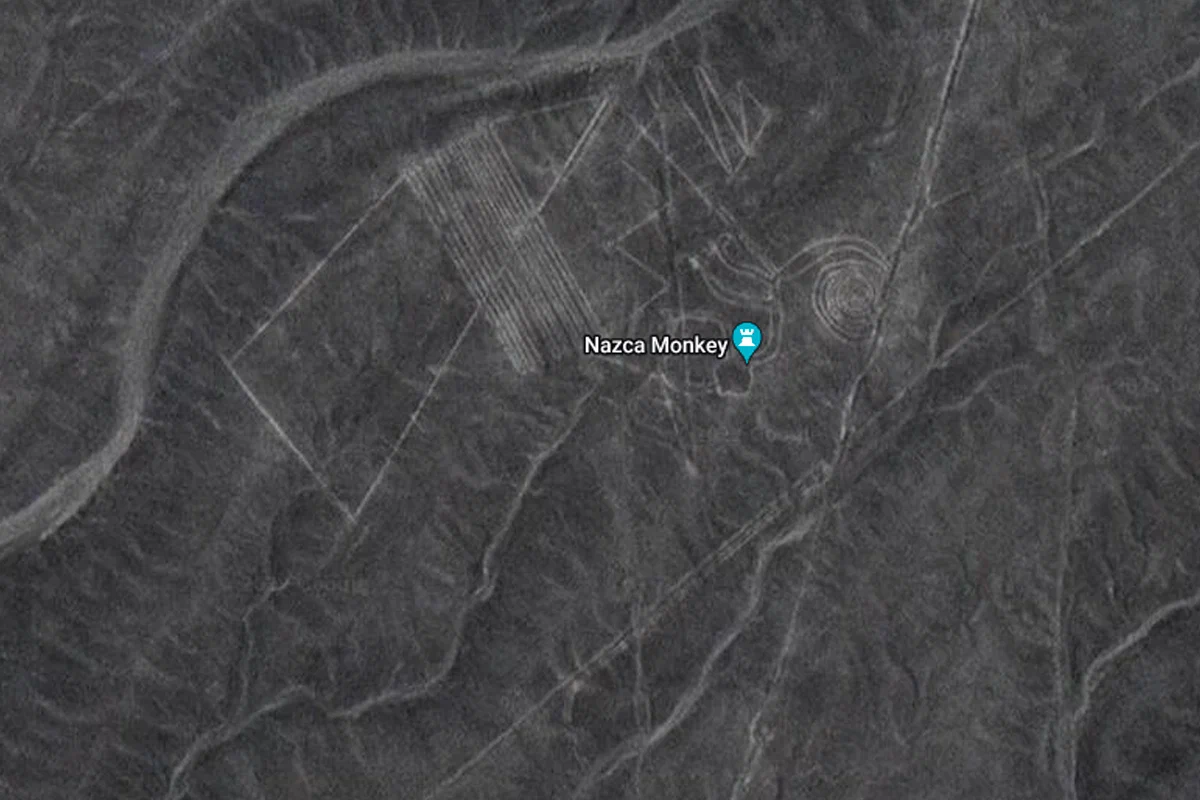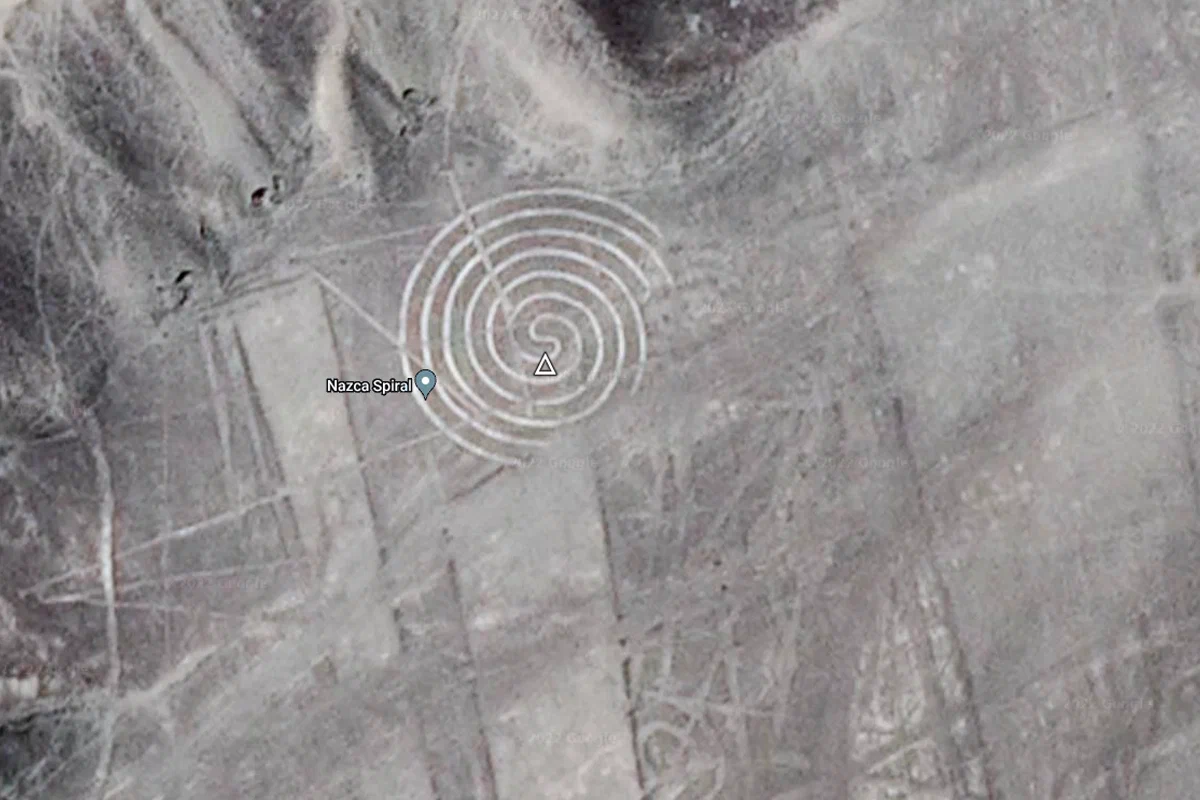Giant drawings in the Nazca desert: why and whom can they serve?
- May 26, 2022
- 0
In the southern part of Peru, in the Nazca desert, there is a huge complex of terrain drawings. The total area covered by the images is 500 km.
In the southern part of Peru, in the Nazca desert, there is a huge complex of terrain drawings. The total area covered by the images is 500 km.

In the southern part of Peru, in the Nazca desert, there is a huge complex of terrain drawings. The total area covered by the images is 500 km. The tallest figure reaches 188 meters. The soil extraction method was used to create the figures. The width of the line is about 130 cm, the depth is 25-50 cm.
But why would someone have to create giant drawings?
And what can they mean?
The unusual trenches were first mentioned in the 16th century. But then no one could have imagined that these were not just lines, but real drawings. Flying over a sandy plateau, American archaeologist Paul Kosok didn’t realize until 1939 that the trenches formed a pattern.

Maria Reiche studied giant images for almost half a century. His work began in 1941, and in 1947 he managed to negotiate with military aviation to take pictures of the unusual phenomenon. Analysis of the drawings over many years led Reich to believe that they might be related to astronomy.
There are several types of drawings on natural canvas: different animals, straight lines and geometric shapes. Birds predominate among living creatures, there are 16 of them. There are about 30 animals in total. There are about 13,000 lines in the desert and they were drawn on the figures, but the contours of the drawings were not damaged by the intersecting lines. As for geometric shapes, most of them are triangular and trapezoidal. Spirals are also common.

Most of the images are made in one straight line. The outlines of the drawings are well visible from a height. The clarity of the pictures is achieved by the difference in color: the surface of the desert is darker than the interior. And due to the arid climate, the picture is preserved for many years. Experts believe that if Nastya often rains, the drawings will not survive to this day, the contours will fade.
There are several opinions on this. From the signs for aliens, ending with the demarcation of local tribes. But the most common option concerns astronomy. A few scientists have suggested that ancient civilizations may have designed the starry sky this way. So the Nazca desert was an observatory for them.

Maria Reiche even found a clear connection between the drawings and the sky. He was convinced that the spider in the picture was the constellation Orion and the monkey was the Ursa Major. The scattering of lines is nothing but the direction of planetary events.
Archaeoastronomer Gerald Hawkins disagrees with Reiche. He believes that in only 20% of cases it is possible to accurately compare the image with the starry sky. In other ways, the connection is not tracked. This is verified by projections on the computer. According to most researchers, one way or another, with an astronomy-based option.
Source: GSM Info
I’m Maurice Knox, a professional news writer with a focus on science. I work for Div Bracket. My articles cover everything from the latest scientific breakthroughs to advances in technology and medicine. I have a passion for understanding the world around us and helping people stay informed about important developments in science and beyond.